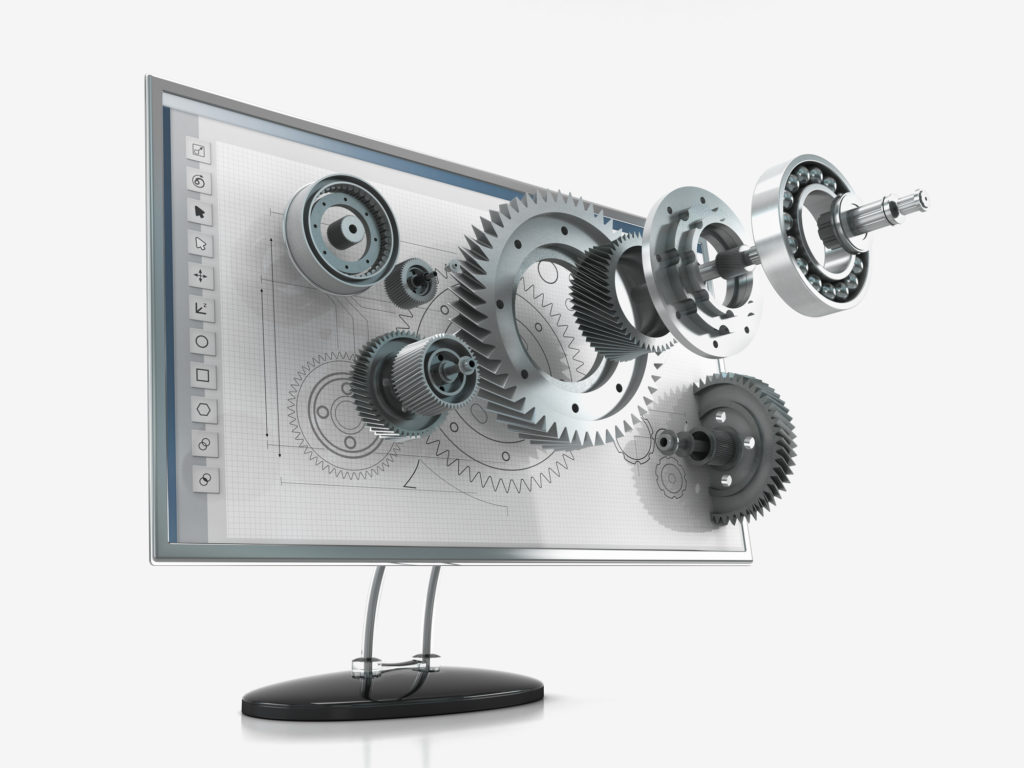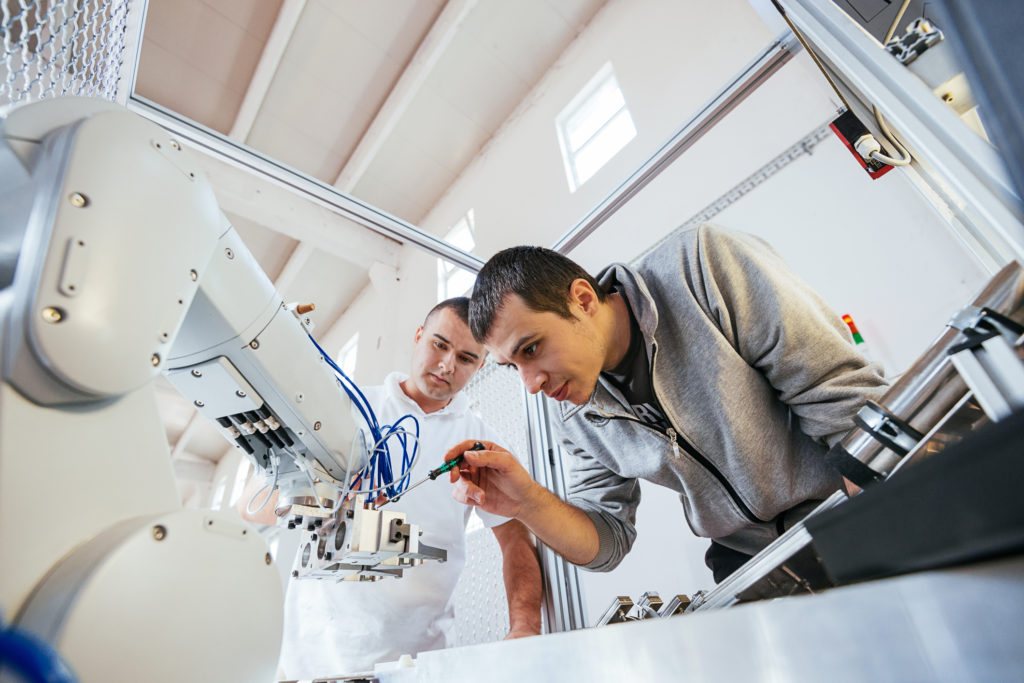What is Digital Manufacturing and Why Should You Care?
“Things fall apart; the centre cannot hold.” The fourth coming of industry is upon us. This new era of digital…
“Things fall apart; the centre cannot hold.” The fourth coming of industry is upon us. This new era of digital manufacturing is usually defined as “an integrated approach to manufacturing that is centered around a computer system.” However, like most definitions, it isn’t altogether accurate. Let’s examine the elements of digital manufacturing.
Digital manufacturing is about people working together to create products. Unlike traditional methods, iterative change and improvement is understood and integrated into the process. Unlike traditional manufacturing, the adages “one size does not fit all” and that “any color as long as it is black” is not acceptable. Customers and market demand customization and flexibility.
Digital manufacturing starts with the virtual drafting table, aka CAD/3d modeling software. Designs are built and when they are complex, they are usually built by multiple people, usually out of modular components and often out of electronic parts.

For important or expensive components, digital simulations “test” each part or a product. For instance, for a new jet turbine, is it strong enough to hold up to physical stress? What about a plastic component of a company’s hot new device, can it hold up to heat and pressure and absorb a reasonable amount of shock? Knowing this before field testing on actual prototypes is a major cost savings and can even be life saving.
Laser cutters, additive manufacturing, or CNC-based milling equipment create the digitally designed components. Laser cutters and milling equipment is still usually the most affordable or practical way to work with metal and other materials. Additive manufacturing, also called 3D-printing, is often used for plastic components. These computer-controlled systems use designs to do their tasks and out comes a digitally designed component.

From this process comes prototypes, molds, or real usable production parts. In the case of components, they are assembled into complex devices using robots or people. In the case of prototypes, they can be iterated on or even physically modified and re-digitized using 3d scanners.
Similar to modern software development, in digital manufacturing, change is understood to be an inevitable part of the product design process. There will always be an improvement, a new feature, a stylistic adjustment. This means that designs, processes, and even the programming of assembly robots will be changed — often times quickly and frequently.
Throughout these so-called “smart factories,” people and machines are working together and generating data. There are designs, parts, procedures, and history created at every moment. Analytics and algorithms tell everyone and everything what happened, what went wrong, and even predict the future. This data and analysis includes everything from fault data to supply chain and inventory control.

Making anything is still a very human endeavor. Both humans and machines need to find the data they need efficiently and in an organized manner. Through search, AI, and advanced data storage technology, relevant data is organized and provided with algorithms based on how it was used and domain area. This information includes everything from supply information, procedural information, as well as fault and sensor data.
Digital manufacturing is changing everything. New devices and components no longer come out yearly. Manufacturers have new capabilities to produce and improve components on the fly. Smart factories are now largely automated and the “know how” to program robotics and use design and simulation software has replaced the hands-on process of the traditional factory worker. However, manufacturing is still a combination of people, process, and products, and improving communication about and between these entities is essential to achieve less scrap, fewer faults, and higher profits.
Next Steps:
- Look at: Fusion and Manufacturing
- Watch: AI and Machine Learning for Omnichannel Retailers
- Contact us, we’d love to help.